How To Find All Subdirectories In Linux
Grep -r word pathtodir. Rootcentos du -ach 40K.
If you want all names at the same line.
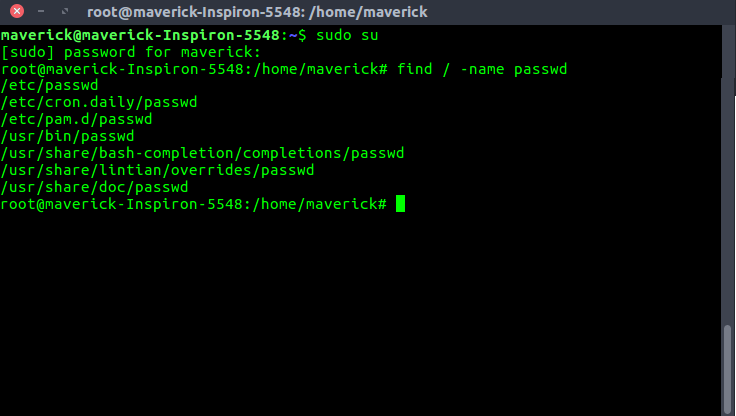
How to find all subdirectories in linux. -name file-name Search for given file-name. -mindepth 1 -type d wc -l Note that -mindepth is required to exclude current directory from the count. Try find dir -type d -name your_dir_name.
How can I recursively grep through sub-directories. Replace dir with your directory name and replace your_dir_name with the name youre looking for-type d will tell find to search for directories only. This command will ignore all the directories and files.
With this option one can search the current directory and and all levels of subdirectories by passing the -r or -R to the grep command. The find command will begin looking in the dirtosearch and proceed to search through all accessible subdirectories. Grep -r main projects school.
Disk Usage for All Files Directories and Subdirectories. I want all the unzipped files to stay in their respective dated directories. The filename is usually specified by the -name option.
Png This command will search for all files with the extension png in the home directory and directories beneath it. Rankin Dec 26 19 at 2015. If by immediate you mean that you need only the child directories but not the grandchild -maxdepth option will do the trick.
Find a file in windows is very easy just go in search bar and search file by name. Its able to find anything in a directory tree. But it will include hidden files in the output.
You can use other matching criteria too. Find -iname html -printf f. I am brand new to bash scripts but i would prefer to do this recursively on the command line.
Find -iname html -printf fn It will look for all html files and only prints out their name. This command is useful but when used in combination with grep or sort. The wc -l command will count the total number of lines and print it thus giving us the count of files.
There is no need to use grep find can do exactly what you seek. It happens only in the graphical user interface. If all of the subdirectories you want to remove are empty you can use the rmdir command as shown below.
Find home -name. This command will fetch the file and directory sizes of all the files directories and subdirectories. You can also enable dotglob and use as the wildcard for all subdirectores with bash.
The find command -type f option is used to look for regular files. If you just need to get a list of sub directories without caring about the languagetool to use find is the command that you need. You can use pattern such as c.
You can also limit depth of search with -maxdepth option like this. In Windows if I wanted to find a string across all files in all subdirectories I would do something like findstr Cthe string S h However in Linux say Ubuntu I have found no other way than some piped command involving find xargs and grep an example is at this page. For example the following would search all files in the current directory and in all of its subdirectories including their subdirectories for every line containing the word main.
The above command searches for a file named samplefiletext in the current directory and its sub-directories. Searching files in Windows are easy Just go to the search box and type your query name of the file and hit enter you will get the result of all files with the name. Use find to count all directories in a tree starting from current directory.
-mindepth 1 -maxdepth 1 -type d wc -l More find options are available. Rmdir Documentshtgdoneideasnotes If it turns out that any of the subdirectories are not empty an error will display saying that the removal failed and the subdirectory in question and its subdirectories are not removed. It is only possible if your computer has graphical interface in Linux.
Search sub directories recursively using grep Pass the -r option to grep command to search recursively through an entire directory tree. Then -type will let you specify that you are only looking for directories. Some of the date subdirectories have multiple files to be unzipped.
Be careful while using this on systems that have a very large number of files. You can check man page for that. Otherwise you use find -type f -name pdb to locate all pdb files in nested subdirectories.
The -r option is used to search recursively through an entire directory tree.

Linux Find Largest File In Directory Recursively Using Find Du Nixcraft

Linux Find Command Tutorial With Examples Like Geeks
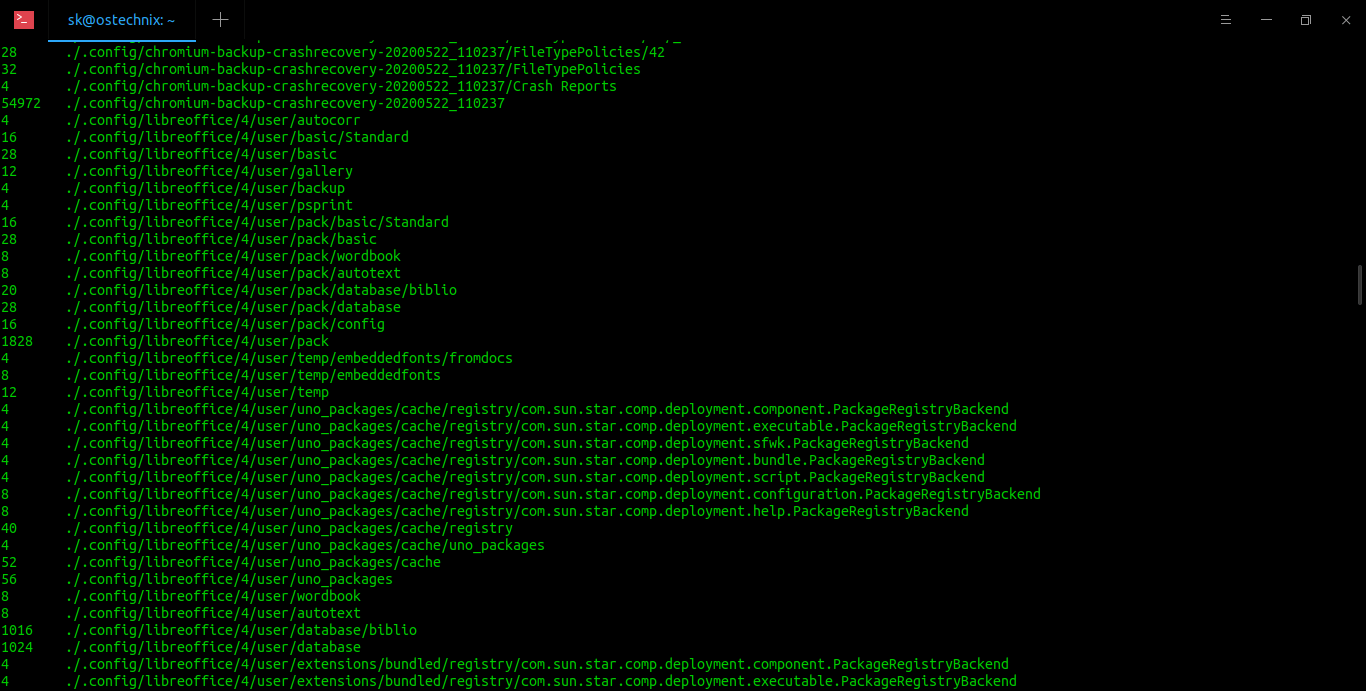
How To Find The Size Of A Directory In Linux Ostechnix

Linux Unix List Just Directories Or Directory Names Nixcraft

Find Command In Linux Unix Journaldev

How To Find 10 Largest Files Directories On Linux File System

Find And Remove Files With One Linux Command On Fly Nixcraft

How To Find A Directory On Linux Based System Nixcraft

How To Find Files And Folders In Linux Using The Command Line

Counting Files And Directories In Linux The Urban Penguin

Linux Unix List Just Directories Or Directory Names Nixcraft

How To Find Files Based On Their Permissions In Linux Ostechnix

How To Use Find Command To Search For Multiple Filenames Extensions In Linux

Mindepth And Maxdepth In Linux Find Command For Limiting Search To A Specific Directory Geeksforgeeks
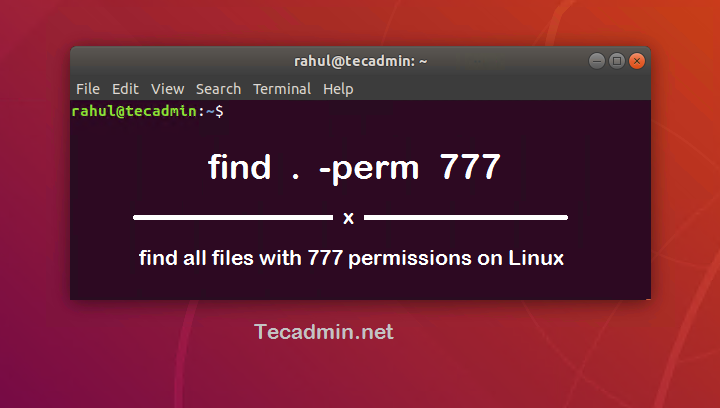
Find All Files With 777 Permission In Linux Tecadmin

A Guide To The Linux Find Command Boolean World

How To Find Files And Folders In Linux Using The Command Line
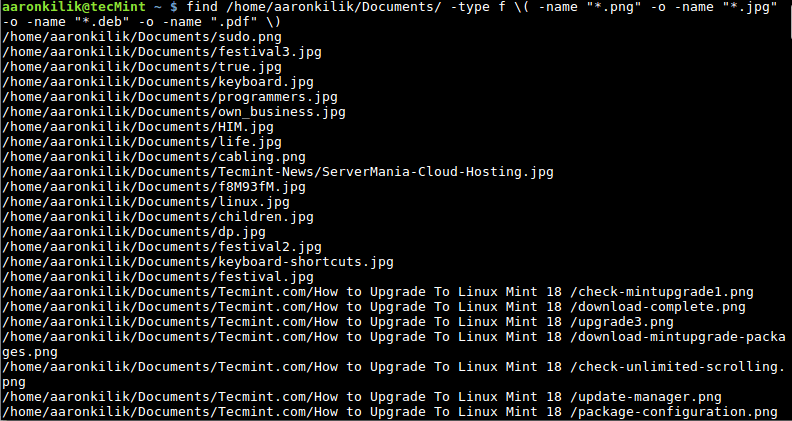
How To Use Find Command To Search For Multiple Filenames Extensions In Linux
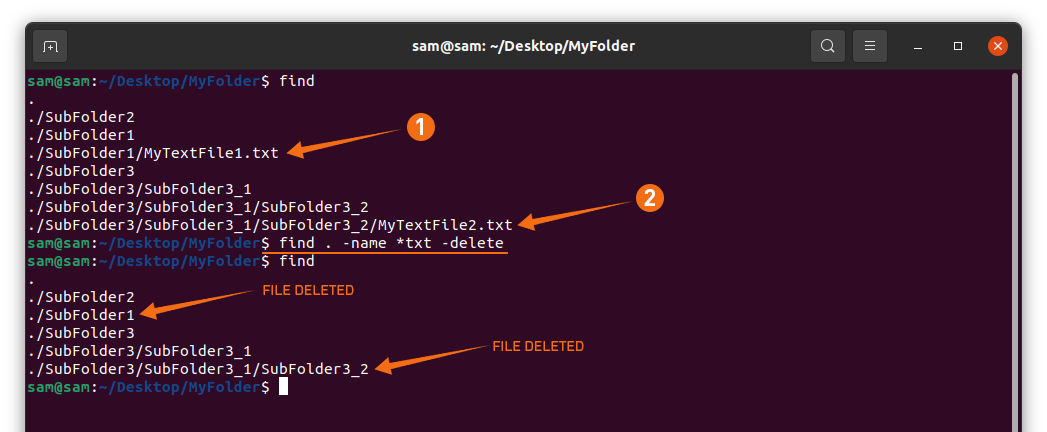
How To Use The Find Command In Linux To Search Files Linux Hint
